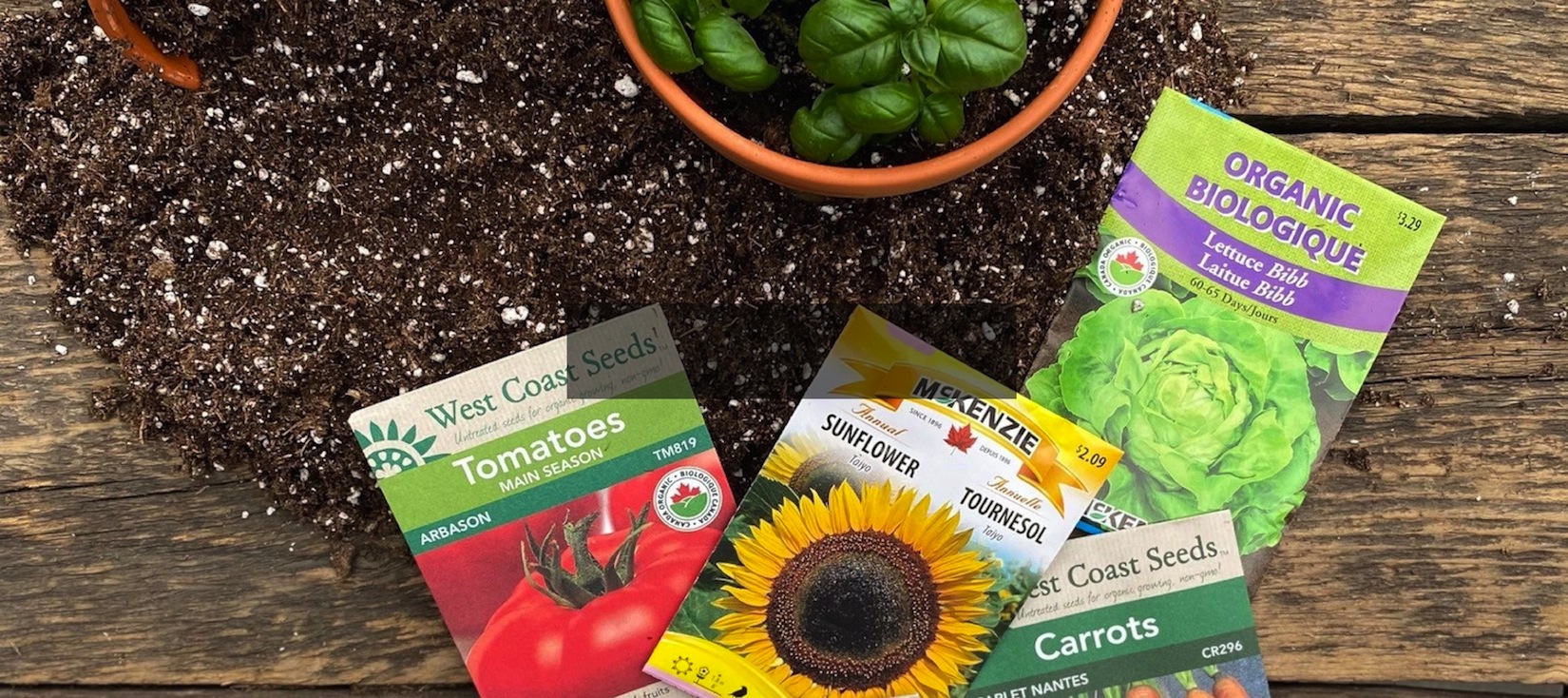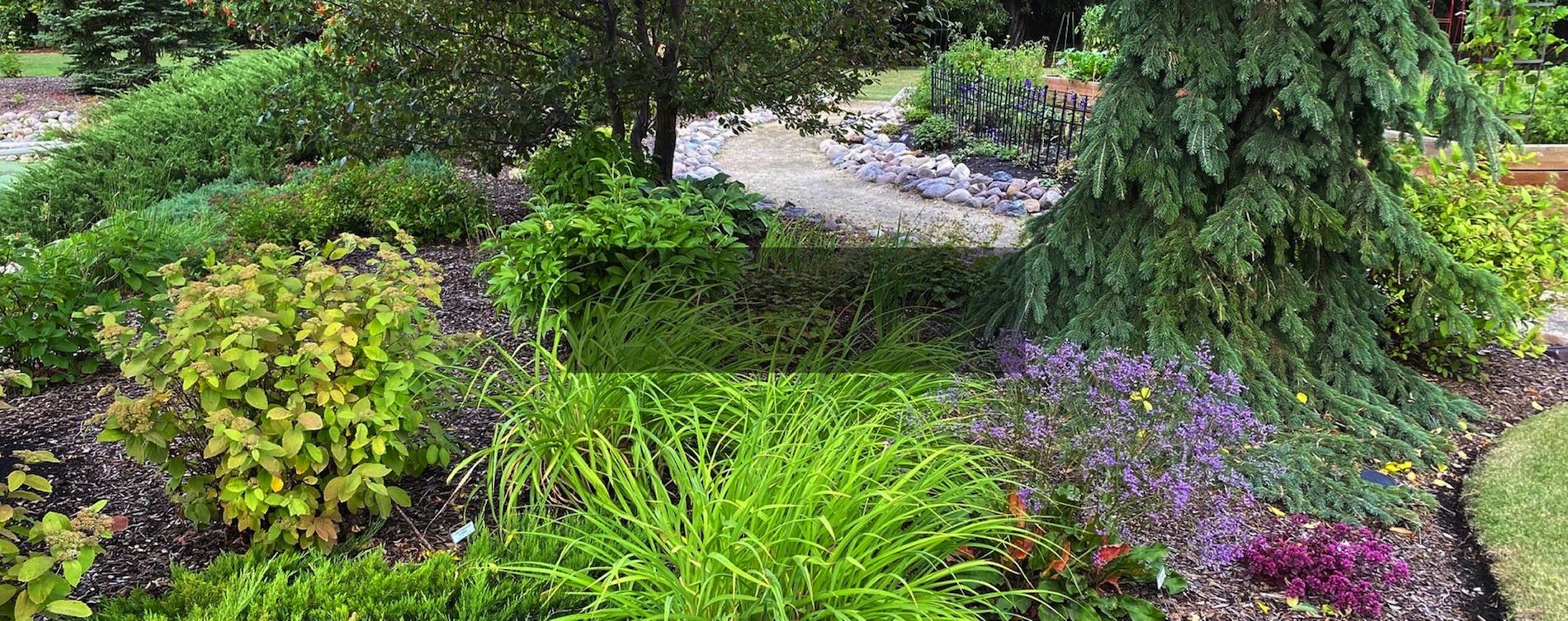What's Bugging Your Roses
Insect Pests

Aphids
Plants affected: Numerous indoor and outdoor plants
Symptoms: Severe infestations will cause curling/twisting of foliage, flowers to wilt and drop
Life Cycle: Eggs hatch on host plants in spring, these nymphs give birth to ‘daughters’, within days the daughters give birth – up to 30 generations per summer
Cultural Control:
• Ladybird beetles/larvae, lacewings are natural predators
• Strong jet of water to knock aphids off plants
Chemical Control: Doktor Doom House and Garden, End All

Leaf Cutter Bees
Symptoms:
• Half moon shapes cut out of leaves
• Use leaves to seal eggs into the cells of the hive
Life Cycle:
• Adults emerge from overwintering pupa in spring to rebuild nests
• Adults may pollinate garden crops – do pollinate alfalfa
Cultural Control: Not necessary, bees are beneficial!

Rose Curculio
Plants affected: Rose
Symptoms: Rose flowers will have petals riddled with small holes and wilted buds that have had their stems damaged.
Life Cycle:
Adults drill holes into buds to lay eggs. Eggs hatch and larvae feed on inside of flower buds/rose hips.
Affected buds/fruit fall off in autumn, larvae emerge and overwinter in soil. Larvae pupate in spring, adult beetle emerges shortly after.
Cultural Control: Prune away infected buds/fruit, clean up any debris on ground early in fall.
Chemical Control: If problem is suspected to be severe, spray plants with Doktor Doom House/Garden Garden residual insecticide.

Rose Slug Sawfly
Plants affected: Roses
Symptoms:
• Skeletonized leaves
• Holes eaten in the leaves
Life Cycle:
• Adult sawfly emerge in early spring and lay eggs on the underside of the host plant leaves
• Larvae appear several weeks later and feed on the leaf tissue
• Drop in to soil to pupate
Cultural Control:
• Pick off affected leaves and discard, hose off with a strong jet of water
• Diatomaceous earth
Chemical Control: Insecticidal soap, Doktor Doom House and Garden

Spider Mites
Plants affected: Numerous indoor and outdoor plants
Symptoms:
• Stippling—tiny dots in foliage
• Yellowing of foliage—’haze’ on foliage
Life Cycle:
• Can overwinter in various stages under debris or bark on host plants, in greenhouses
• Become active in spring as foliage emerges
Cultural Control:
• Lacewings are natural predators
• Keep plants misted (they prefer dry conditions)
• Fall debris cleanup
Chemical Control: End All, Doktor Doom House and Garden
Diseases

Leaf Spot on Roses
Plants affected: Roses
Symptoms: Black spots appear on upper leaf surfaces, leaves eventually drop
Life Cycle:
• Overwinters in diseased canes and leaf debris beneath plants
• In spring, spores are spread by splashing water/rain. Fungal spores require 7 hours of moisture for infection to occur. Once infection occurs black spots start to develop
Cultural Control:
• Remove diseased leaves
• Prune roses to ensure good air circulation, do not water foliage (water base of plant)
Chemical Control: Garden Sulphur applied as preventative every 7-10 days

Powdery Mildew
Plants Affected: Many perennials and annuals, popular hosts include garden phlox, speedwell, salvia, begonias, impatiens
Symptoms :
• White powdery spots, yellowing leaves
• Plants cannot manufacture as much food as they need – severe infestations will kill plants such as begonia
Life Cycle: Specific spores (black spherical ones) overwinter on leaf debris and soil. High humidity favours spore production, while low humidity favours spore maturation and release
Cultural Control:
• Good circulation, full sun
• Clean up debris in fall
Chemical Controls: Garden Sulphur applied as preventative every 7-10 days

Rust
Plants Affected: Perennials, roses
Symptoms :
• Reddish orange spots on leaves and stems
• Wilting and defoliation follows
Life Cycle: Spores overwinter on leaf debris and any dead/dying canes
Cultural Control: Prune out, good fall cleanup
Chemical Controls: Garden Sulphur applied as preventative every 7-10 days
Cultural Disorders

Chlorosis
Symptoms:
• leaves are yellow but veins remain green, may be some browning on the margins of leaves
• will be evident first on new growth, then work back to older leaves on a branch
Control:
• ensure loose, well-drained soil, avoid overwatering
• high soil alkalinity can also be a cause, plants can be fertilized with iron chelate for recovery

Herbicide Damage
Symptoms:
• curling or cupping leaves
• discoloration between veins
• twisted, elongated stems
Control:
• use all herbicides according to label, note that herbicide can drift for several miles, it’s very difficult to ascertain where chemical drifts from
• keep damaged plants well-watered, most plants will recover

Overwatering
Symptoms:
• wilting, yellowing leaves
• leaves will yellow from outside in
• Note: wilting is a symptom of BOTH over and underwatering, if plants are wilting don’t assume they require moisture until soil is checked by hand
Controls:
• plants in lower lying areas will suffer in times of heavy rains; plant appropriate species in these areas
• for new and established plants, water only as required; check soil prior to watering

Underwatering
Symptoms:
• wilting, crispy or browned leaf edges
Controls:
• water, especially for new transplants should be monitored daily during periods of extreme heat
• for new transplants, stick your hand into the soil to determine if moisture is required





